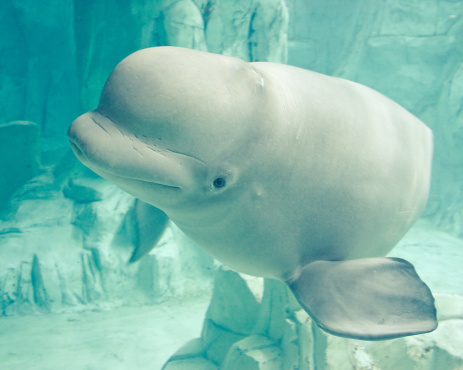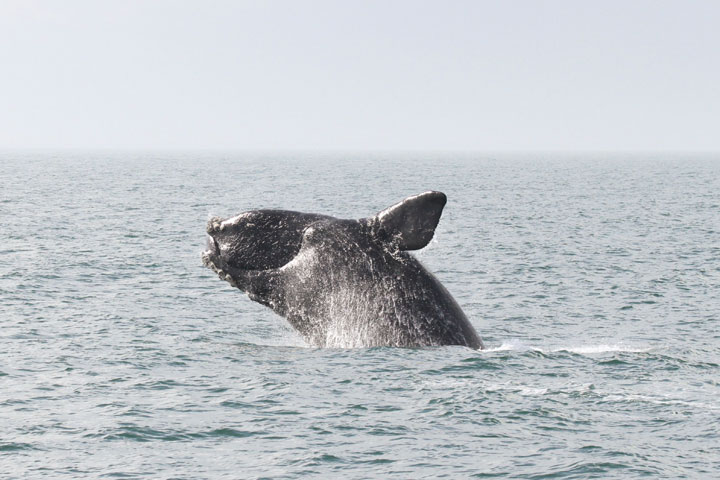TORONTO – On Sept. 1, around 1 p.m., Martha, the last of her kind, died.

Martha was the last confirmed passenger pigeon. She died at the Cincinnati Zoological Garden and was later donated to the Smithsonian Institution.
READ MORE: The great disappearance of the passenger pigeon – and a comeback?
It is believed that at one time, the passenger pigeon was prolific across what is now North America, with three to five billion of them in the wild.

As the United States and Canada were settled, the birds lost their nesting grounds and food sources. They turned to farmers’ fields and were considered a pest and killed. Then hunters began to kill them and sell them as meat in markets. By the mid 1800s, their numbers were falling dramatically.
And now, they are no more.
It would seem that humanity would learn from past mistakes, but life continues in abundance on this planet with us at the top of the chain. Our actions — and inactions — continue to contribute to the demise of many species.
And it’s not all about tigers and rhinoceroses. Here at home, many species face the similar fate of the passenger pigeon.
North Atlantic Right Whale
According to Fisheries and Oceans Canada, this whale was called the “right” whale by whalers because it was slow and easy to catch. And perhaps that’s exactly why this whale has been dangerously close to extinction since the late 1800s. Now it is believed that this once bounteous animal of the sea numbers not even 400.
In 1935, the North Atlantic Right Whale was declared an internationally protected species. But it hasn’t helped.
Though no longer hunted for its oil or fat, they are lost in collisions with boats or oil spills. They get entangled in fishing gear and drown. Noise from ocean drilling or military exercises may also be contributing factors.
Monarch Butterfly
Monarch Butterflies aren’t exclusive to Canada, but their migratory path takes them to Canada each year.
Exactly why these butterflies are threatened isn’t completely understood, but many scientists believe that a decline in their primary food source, milkweed, is a major factor. Milkweed is critical to their survival because that’s where they lay their eggs.

Monarch butterflies travel about 3,000 km from Mexico to Canada. One butterfly can’t complete the journey itself in its lifetime, rather it is a journey that spans generations. After they complete their journey, a massive return to warmer grounds takes place and hundreds of thousands of these black and orange insects take flight, a truly astounding sight.
But these butterflies have seen their population come crashing down. There are estimates that their numbers have fallen over the past 20 years by 90 per cent. It’s mostly due to the loss of habitat and many are concerned. They, like other insects, are important pollinators.
Beluga
Canada’s Committee on the Status of Endangered Animals (COSEWIC) has listed this lovely animal of children’s songs a threatened species in the area of the St. Lawrence.
Like the North Atlantic Right Whale, the beluga was once excessively hunted by fishermen, mostly between 1880 and 1950. Whaling stopped in 1979, but the population has been slow to recover.

“A leading theory is that the decline there — well, there are a number of factors — but a lot of it may be contaminants,” said James Pagé, species at risk and biodiversity specialist of the Canadian Wildlife Federation. “They’re finding that belugas have a higher ratio and level of cancer.”
Though belugas are known to have some resistance, it’s the levels that are the issue. In the St. Lawrence, where they are largely found, shipping traffic may contribute. The contaminants accumulate in the animal’s fat which they then pass on to their offspring.
READ MORE: Alberta sells off habitat of endangered caribo
Turtles
“Pretty much every turtle species that we would encounter is at some level of risk,” Pagé said, though the painted turtle isn’t included in that group (although in parts of British Columbia, there are two populations of western painted turtles that are at risk).
Turtles are diminishing in numbers primarily due to road mortalities and habitat loss, Pagé said. Making things more complicated for the turtles’ survival is the fact that they mature at a late age. So as turtles are getting killed on roads, it’s before they are able to reproduce.

Birds
It’s not that all birds are threatened, but specifically aerial insectivores, or those that eat insects. This includes barn swallows, chimney swifts and the common nighthawk.
“The science isn’t fully conclusive,” Pagé said. “But it seems like it’s a decline in insect populations are affecting this.”
There’s also the possibility that it’s not so much the decline, but climate change. Some areas are experiencing earlier springs, causing the insects to emerge earlier. But the insectivores — which are all migratory — are taking their cues differently. They return north using environmental cues such as the change in daylight. By the time they return north, they have missed out on the prime feeding time.
These are only a few of the species and animals that may one day disappear from our country. COSEWIC lists many others that are threatened such as the black-tailed prairie dog in Saskatchewan, the grey fox in Manitoba and Ontario and killer whale in the Pacific Ocean.
Efforts are underway — including Canada’s Species at Risk Act — to help save many of the animals that may face extinction.
But their future hangs in the balance.
Watch Resurrecting Species on 16×9 this Sunday, October 26



Comments